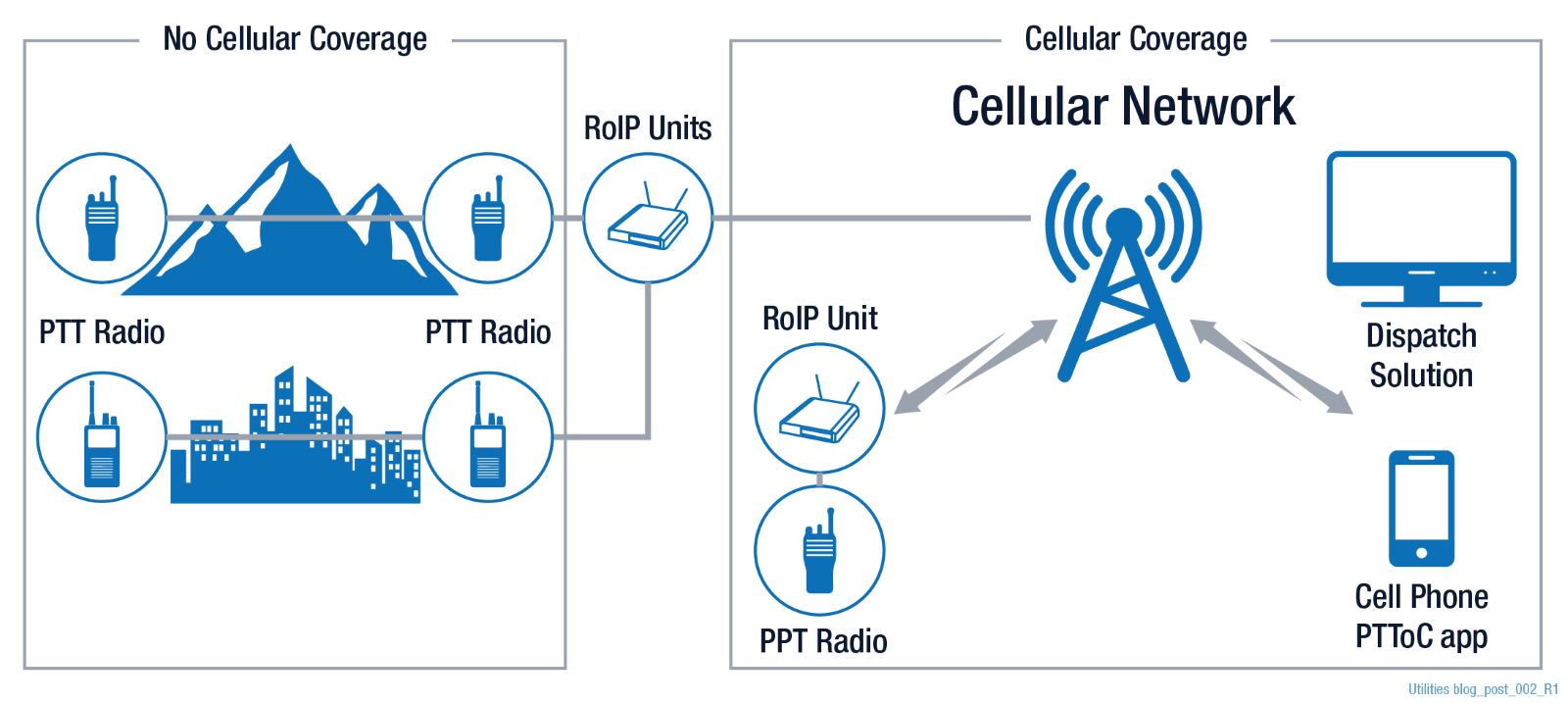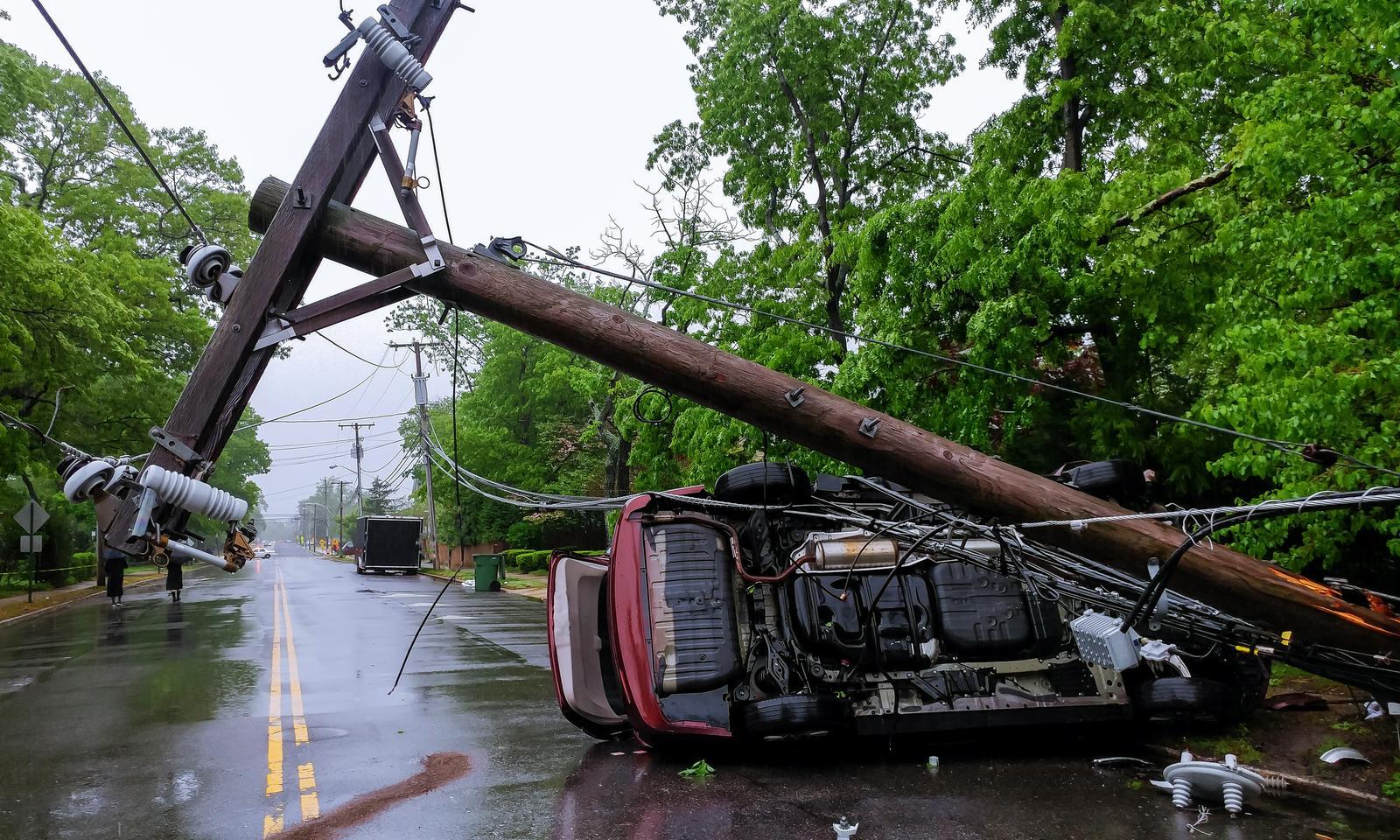When poor weather, a fire, or other man-made events cause a utility disruption, utility companies rely on neighboring agencies to bolster their repair capabilities and restore services as quickly as possible. We’ve all seen the front-end response: Repair trucks line the affected streets, awaiting deployment. On the back end, efficient communication is essential to coordinate personnel and parts for fast service restoration. Service delays can lead to penalties and user compensation.
Once engineers are deployed, communicating evolving needs and repair timeline updates is important for senior personnel to coordinate with authorities and customers on restoration progress.
Cell phones are often used but are only sometimes efficient for shared communication. While supplying radios to incoming technicians can work, unfamiliarity sparks new issues. Push-to-Talk over Cellular (PTToC) phone apps create similar complications—not to mention that LMR and cell towers could be down, creating coverage gaps.
Cubic’s Vocality RoIP Radio over IP Gateway is available to address these and other issues. Our intuitive solution enables using existing devices, even in the most challenging scenarios.
By facilitating the convergence of audio from almost any radio, we empower utility companies and first responders to continue using their existing devices and be assured of clear, uninterrupted communications. The system bridges radios across different frequencies and protocols, including P25, Analog, DMR, and NXDN, supporting over 4000 radio types. For utility teams, everyone remains connected, which is critical for efficient and unified response efforts.
Cubic’s Vocality RoIP is compatible with all major North American carriers and connects to LTE, Wi-Fi, and multiple Land Mobile Radios. It also integrates with Push-To-Talk over cellular apps and dispatch consoles. It can transmit radio audio over a cellular network if a radio tower is down or if the radio is out of range of its home towers.

If the cellular network is damaged, congested, or disrupted, the LMR network can provide back-haul connectivity to a Wide Area Connection such as a remote cellular connection or satellite connection.

Additionally, the system’s compatibility with common PTToC apps means that users’ cell phones can function like LMR radios, providing group communications. When utility operators use their preferred apps on their cellular devices, they can quickly connect with handheld radio traffic or dispatch.
With its small footprint, the Vocality RoIP can be carried in backpacks, powered by a USB power bank, or used in aerial platforms via drones. This portability and low power consumption allow it to be deployed quickly and efficiently, enhancing communications in nearly any situation.
Vocality RoIP & Overwatch Aero Partnership from Cubic Corp on Vimeo.
For more information on the Vocality RoIP Gateway and how it can transform your utility service restoration efforts, visit www.cubic.com/roip or complete the form below.

